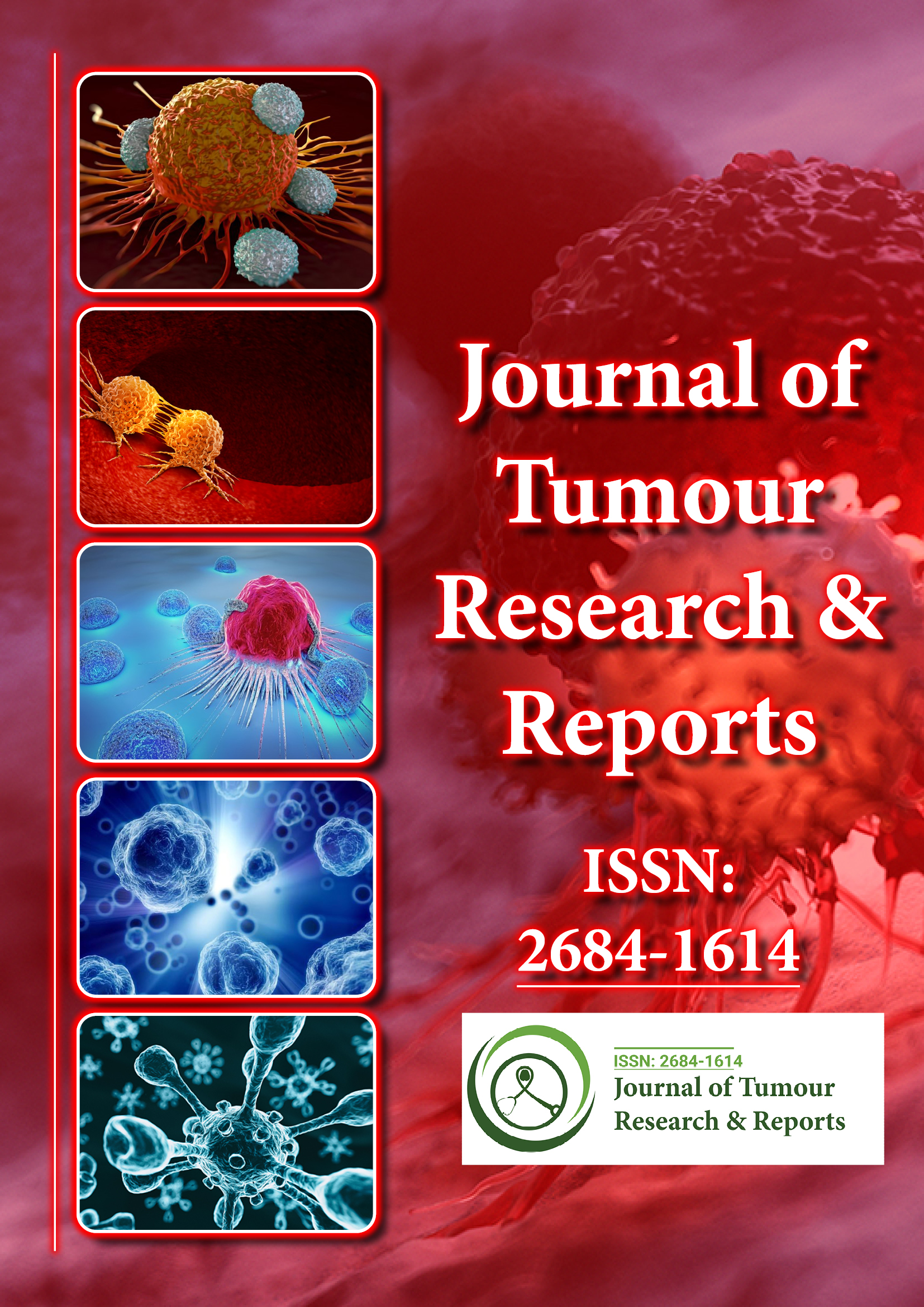索引于
- 参考搜索
- 哈姆达大学
- 亚利桑那州EBSCO
- 谷歌学术
分享此页面
期刊传单

抽象的
Post-surgical Colorectal Cancer (CRC) surveillance: PET/CT versus CT
Mazarieb Mai
Introduction: Forty percent of CRC patients will fail, mostly within first two years following primary resection. Early detection of recurrent disease has been reported to improve their survival. The use of PET/CT during the follow-up process is equivocally superior to contrast enhanced CT. This study is a comparison of CT vs. PET/CT.
Methods: Medical records of all patients who had R0 radical colorectal surgery for Stage 1-3 disease between 1.2000 and 1.2016 were retrospectively reviewed. All patient who experienced recurrence and had both abdominal and/or chest CT scans followed by PET/CT within 60 days, were included in the study. A radiologist reviewed all images for disease recurrence. Findings consistent with recurrent disease were compared between the two modalities.
Results: Of 35 CT images 14 identified lung nodules; 10 of these 14 were confirmed malignant by FDG uptake. .9 CT images identified liver lesions, all were called “cystic”; PET/CT identified 10 liver cases; 6 of these 10 cases were called disease recurrence to the liver. One case was not demonstrated by CT while PET/CT did identify a disease recurrence in the liver. CT and PET/ CT both identified 7 peritoneal cases, but only 3 cases; were FDG avid (see table). PET/CT identified all anastomotic recurrences (N=4), these were noted only 3 times on CT.
Conclusions: A notable proportion of patients with negative findings on routine CT performed presented with a positive PET/CT. PET/CT should be employed in the follow-up protocol and replaced the CT.
Biography:
Mai Mazarieb is a MD at Department of General Surgery, Rabin Medical Center, Zarzir, Israel. Her study focused on entitled post-surgical Colorectal Cancer (CRC) surveillance: PET/CT versus CT. Her research interest focus on cancer, surgery.